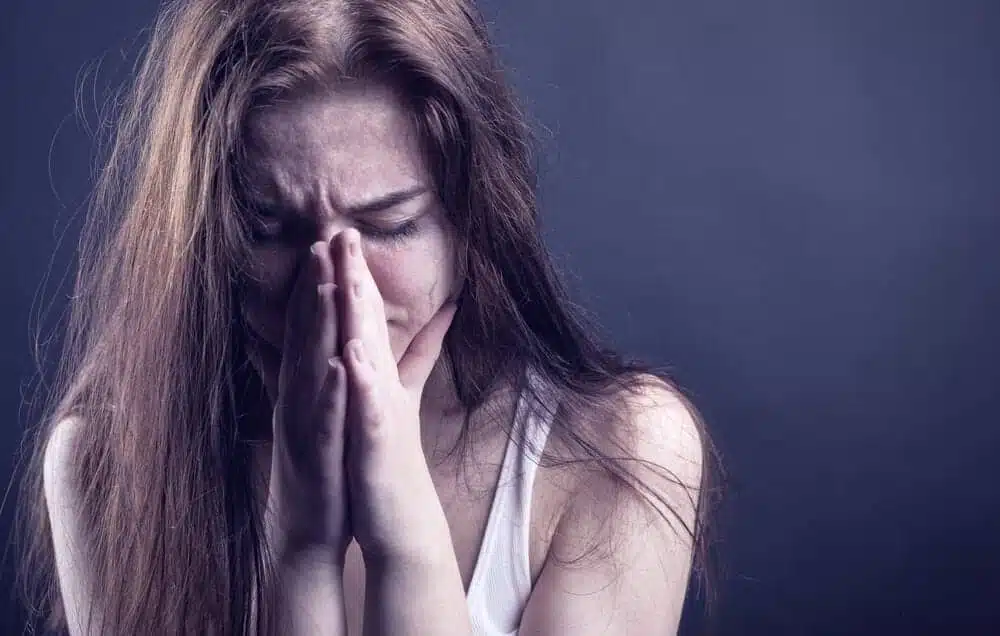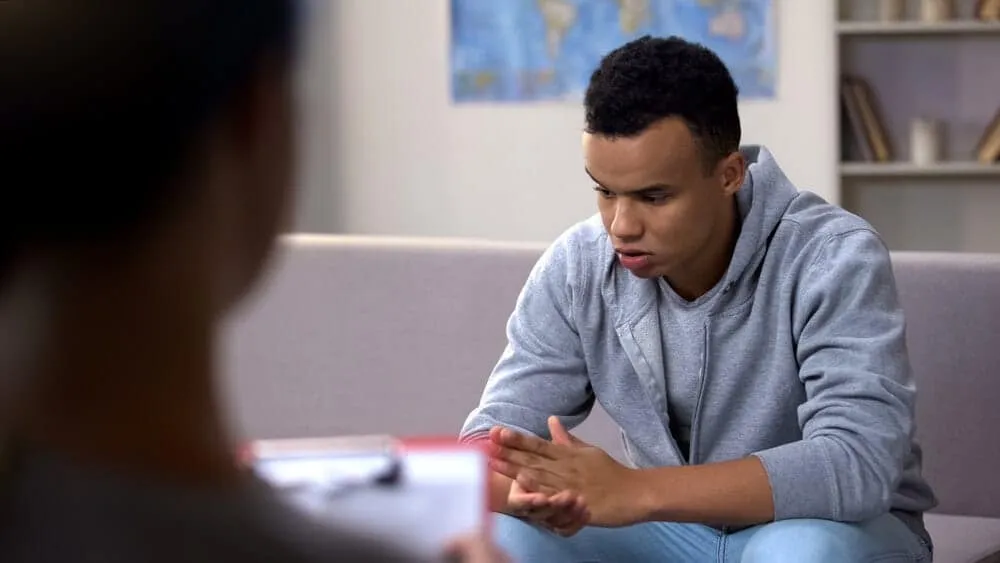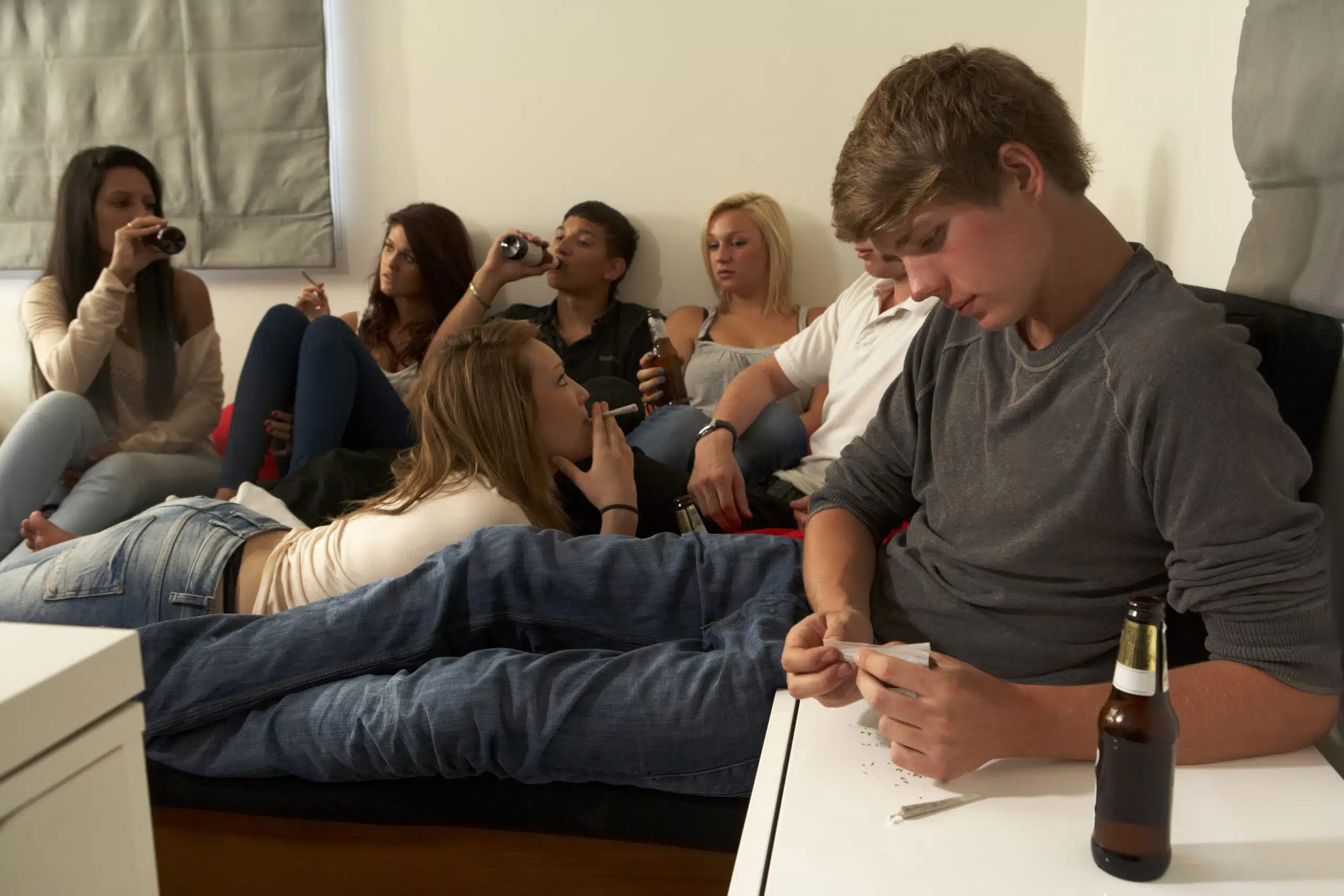
Is Your Teenager Using Heroin?
While it seemed that everyone was using heroin in the 1970s, more young people are using and in fact, dying from heroin use today than ever before. According to the Substance Abuse and Mental Health Services Administration, almost 200 people between the ages of 15 and 24 died from a heroin overdose in 1999 in the United States. By 2009, that number more than doubled to include hundreds of teenager deaths as a result of heroin use and abuse.
In a report published by the Center for Disease Control in 2017, an estimated 494,000 people in the United States alone use heroin. This is 2 out of every 1000 people is a user. In 2017, 15,000 people or 5 out of every 100,000 people in the United States, passed away from a heroin overdose. How many of these were teenagers? 5500 young people!
Heroin is a semi-synthetic opioid that is highly addictive, producing an extreme sensation of euphoria almost instantly. The United States has seen an opioid epidemic over the last decade that didn’t begin with greedy pharmaceutical companies or reckless physicians. In fact, it began with compassionate doctors and their desire to end the pain and suffering of millions of patients.
In the 1990s, doctors prescribed medication containing opiates in an attempt to help their patients. Seeing the addictive qualities of the drugs, the government began placing tighter guidelines around these controlled substances. Unfortunately, because of these addictive qualities, many people figured out how to obtain them anyway to get their “fix”. Patients, many of which may not have needed the drugs any longer for pain, went to the streets to get the cheaper, more accessible version of the high. And thus, they came across the spark that ignited their heroin addiction.
Take a look at an example in the form of Tommy. A high school lacrosse star destined to play Division I sports, Tommy was injured during his final season. Trying to deal with the pain in his back, managing his college prospects and getting ready to leave the nest, Tommy finds comfort in the medication that his doctor prescribes. As the injury heals and Tommy can get back to playing, he realizes that the drugs help him deal with some of the other stresses of life. He plays up the injury to his doctor, telling him that it is still painful, and he needs to continue on his prescription medicine.
Tommy heads off to college still relying on the medication to get him through lacrosse practice, and then to get him through exams. His new doctor at the university prescribes the medicine, believing that Tommy is truly injured. As his grades begin to fail and socially, he can no longer handle college life, Tommy makes some poor choices and gets himself kicked off the team. With no way to fake his injury, Tommy must now go to another doctor to obtain his “medicine”.
Fortunately, for Tommy, this doctor sees through his scheme and will no longer prescribe the opiates that have sustained him all of this time. Now addicted and frankly, desperate, Tommy seeks out another substance to give him that same euphoric feeling that he has grown to love and need. On a college student’s limited budget, Tommy is introduced to heroin. He acquires it easily and although he is hesitant to inject himself with needles at first, he quickly learns the easiest and most inconspicuous places to shoot himself with the addictive drug.
Now out of college, faced with the real world, earning more money than during his college days, Tommy finds that heroin helps him to relax. As Tommy’s body has become accustomed to the drug over the years, it requires more and more to give him that same feeling. Until one day, Tommy decides that enough is enough. He is going to quit, be drug-free for the rest of his life. Live like other people, going to work, paying their bills, having fun, all without the use of opioids.
He is successful in his quest to live a drug-free life. He is positive about his life, has a new group of friends, even a girlfriend. Until one day . . .the stress of quitting his habit is just too much for Tommy to bear. He decides to do it just one more time. After all, what can it hurt to take one more hit? Unfortunately, Tommy’s body no longer handle the same dose of heroin that he was used to and he overdoses on the drug.
What started out as a way to ease his pain, turned out to be Tommy’s demise.
So, why are teens like Tommy using heroin?
As we’ve talked about, heroin is more easily accessible and can be less expensive than other drugs. As teens, they typically don’t have access to a lot of money nor a way to get more expensive drugs, so it becomes their drug of choice.
In many cases, teens are tempted into trying heroin because of peer pressure.
As a teen, it is normal to want to fit in, to be well-liked and “cool”. They don’t want to be the one who does NOT participate in all of the activities of the group, even if it means taking an illegal substance and putting themselves in danger in order to fit in.
Some teens are drawn to the appeal of heroin’s ability to take them away (mentally and emotionally) if they are already dealing with their own mental health issues. To alleviate the symptoms of trauma and other negative interactions in their lives, teens may resort to this form of self-medication. Those who have had a previous experience with drug addiction or mental health issues may be more at risk for heroin use.
The teenage years can be riddled with interpersonal issues, making them susceptible to suggestion, influence and desire, and pushing them dangerously closer to making poor decisions such as trying heroin. Bullying, family issues such as divorce or the loss of a loved one may force a teen to search for something more, something to dull the pain. Heroin use may be an attempt to deal with emotional pain, social awkwardness, discomfort and anxiety.
Unfortunately, the opioid epidemic is real whether you live in the city, the suburbs or the small town. With its accessibility and low cost, it does not discriminate among race, gender or age. Heroin is for many teens, the drug that they turn to when the stress of being an average teenager get to be too overwhelming for them.
Now that you know more about what it is, the next logical question is how do you know if your teen may be using heroin?
Heroin use tends to invade every aspect of a teen’s life so the signs and symptoms can be spread far and wide. Unfortunately though, many signs may be misunderstood as normal moodiness or frustrated behavior associated with being a teenager, so adults need to be aware in order to spot significant changes.
During this highly volatile time in a teen’s life, any little thing may be a trigger for a significant mood or behavior change. Breakups, a friend’s rejection or even a bad grade may push a teen over the edge emotionally. Yet it is when those changes become more erratic and increase in severity that you may suspect that your teen is using drugs. Some common emotional signs that your teen may be using heroin include:
- Extreme changes in attitude
- Sudden and unexplained lack of interest in appearance or hygiene
- Belligerence
- More anxious than usual
- Irritable
- Depressed or extremely angry behavior
- Poor academic performance and a sudden lack of interest in school
- Pulling back from activities that were once loved
According to the National Institute of Drug Abuse, there are a number of physical characteristics that may be telltale signs that your teen may be using or abusing heroin:
- Constant dry mouth
- Small pupils that do not respond to light
- Needle marks on the arms or legs
- Unusual sleep habits
- Uncontrollable twitching
- Unexplained nausea or vomiting
- Itchy skin or rashes
- Yellow or waxy looking skin and teeth
- Shallow breathing
- Becoming extremely drowsy or even falling asleep at in appropriate times
- Having trouble holding a conversation
Along with these, there may be some chronic symptoms that may be very evident, especially if he or she is using needles. These symptoms will certainly not be related to normal teen behavior or even drug abuse of any other substance and should be cause for alarm.
- Collapsed veins
- Abscesses
- Contracting HIV or Hepatitis C
- Blood infections
- Rheumatoid issues
Of course, finding drug paraphernalia such as needles, missing shoelaces which can be used as a tourniquet, or spoons that are burned around the edges should be an immediate warning sign that your teen needs immediate help.
When you first see the signs of heroin abuse, you mind and heart may be flooded with emotions; horror, denial, disbelief, sadness. Of course, no parent wants to admit that their child may be not only using drugs, but abusing or addicted to heroin – one of the most notorious drugs in the world. But, putting your personal emotions aside, once you realize that your teenager is using heroine, it is time to take action. Heroin is toxic, deadly and as we’ve seen, has a proven mortality rate. Overdose is a very real threat to teens.

According to an article in the Journal Innovations in Clinical Neuroscience, parents and caregivers who educate themselves on the signs and symptoms of heroin use in teens have taken the first step in helping them. With proper treatment at a certified treatment center such as Beachside, your teen can successfully recover from a heroin addiction and return to their life armed with the tools to resist addiction and cope with their lives.
So, what does recovery mean for a teen who is using heroin? Recovering from addiction is difficult for anyone but teens faced with recovery are challenged with a unique set of circumstances. With acceptance playing a major role in their lives during the teen years, they require continued support from family, friends and trained professionals like the ones at Beachside to decrease their chance of relapse.
Treatment for use and addiction to heroin will first begin with the acknowledgement that there is a problem. While the teen may be in denial, it is in their best interest to get them the help that they so desperately need. Treatment may consist of an inpatient treatment center like the one at Beachside, a 12-step youth focused program, or visiting with a counselor or therapist through an outpatient program.
Through the treatment of withdrawal symptoms, cognitive and behavioral therapy, group and individual counseling sessions with trained professionals like the ones at Beachside treatment center, your teen can make a full recovery from their heroin use and abuse. Reach out today for a free consultation!




